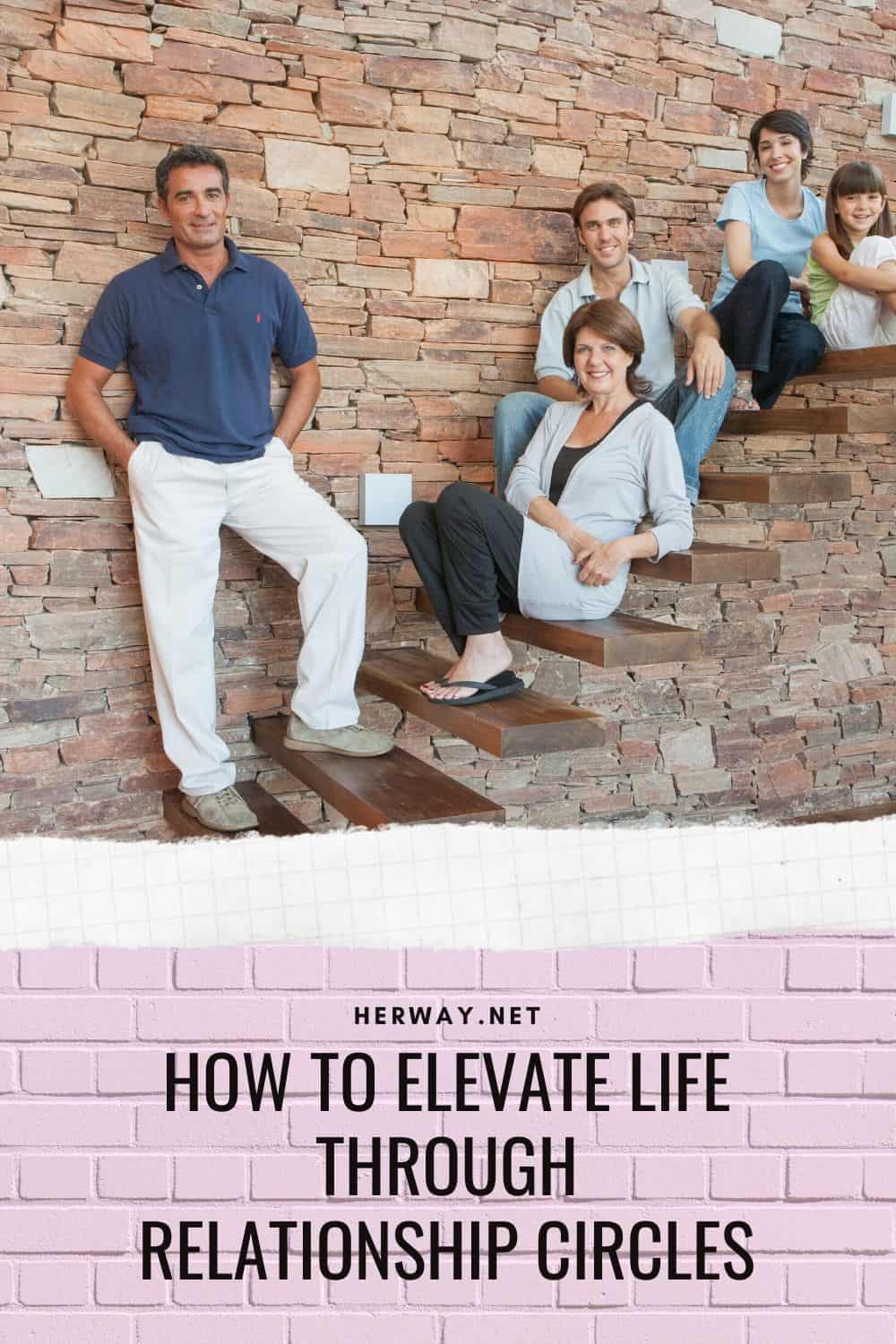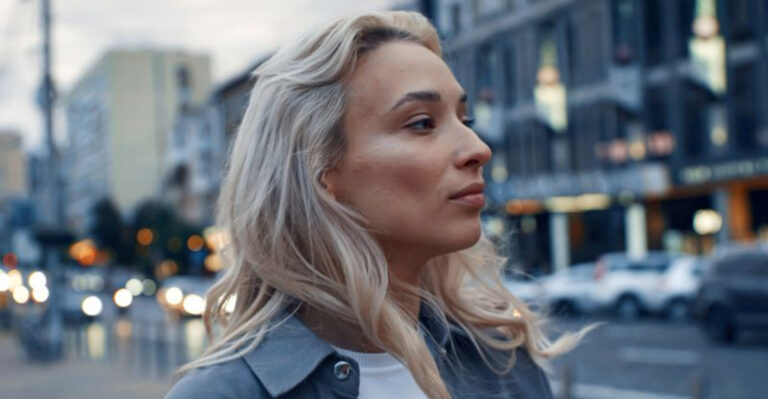How To Elevate Life Through Relationship Circles
Relationship circles are a form of a diagram that helps up get an idea of how we relate to other people in our lives, and how to decide where to invest our time and resources to live a more fulfilled life.
People who are genuinely connected to their family, friends, coworkers, and local community tend to live happier and longer lives.
Quality of relationships is what dictates the quality of life.
It’s not about how big our circles are but how genuine they are.
Almost anyone can make many connections and have a big family, yet that doesn’t necessarily mean they won’t feel lonely.
It’s important to understand right at the outset that a good relationship doesn’t mean one without disagreements.
Something like that isn’t possible in practical life because a perfect relationship doesn’t exist.
What’s possible is building quality and meaningful relationships through the sense of trust, support, mutual goals and values, and the feeling that you can count on somebody and they can count on you in return.
That goes for good times in life as well as struggles.
The ultimate goal is to be accepted as you are, unafraid to express yourself freely and share the joy and good moments with others who appreciate you.
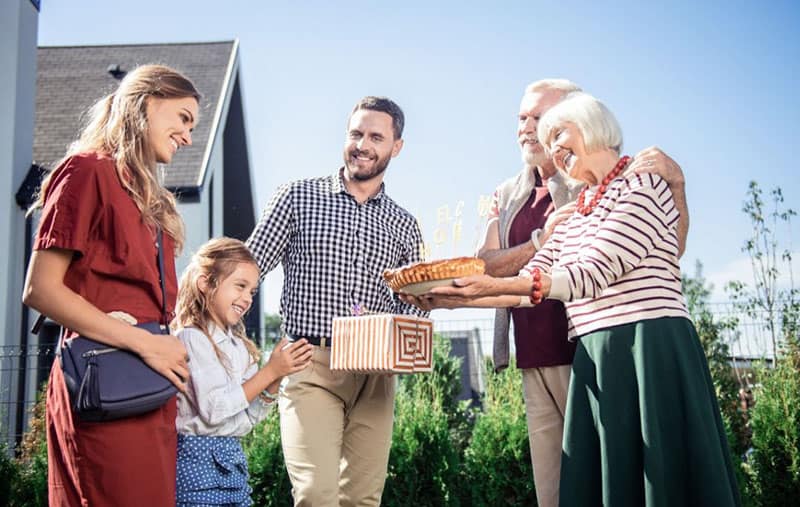
The common problem that happens to a lot of people is that we don’t put the effort into our closest relationships. We take them for granted.
Why does this happen?
Because relationships are hard. Especially the ones we’re participating in every day of our lives. They give life meaning, but they also cause complications and dissatisfaction.
In order to have a healthy relationship that makes our life better, we have to put in consistent effort, love, and dedication.
Having said that, I’ll proceed to say that the most important relationship in your life is still the one you have with yourself.
If you don’t learn how to love yourself, you won’t be able to truly love anyone else.
So, what does it mean to love yourself?
To love yourself means to have love for other people.
To love yourself means being able to accept others as they are.
To love yourself means to be emotionally strong and persist through challenging times, even when others disappoint you.
Quality is more important than the number

The approximate limit of social interaction for an average person is 150 people.
That number includes six fundamental types of relationship:
• Primary family (parents, siblings)
• Secondary family (marriage partner, children)
• Friends
• Superiors
• Mentors
Each of these types is important for boosting the values that come from relationships.
Primary family is important because that’s where we learn and observe interaction with other people first.
A good foundation is an advantage but it depends on the individual. The same goes for more difficult situations.
While we can’t choose our primary family, we can choose our secondary family.
The right partner is the most important choice in your life.
Sheryl Sandberg even said that “the most important career decision you’ll make is who your life partner is.” Children are your legacy and good friends balance out your life.
People are not the only factor that makes you happy in life. A big part of life is our job environment. It’s hard to maintain a happy lifestyle if you don’t like your job or feel stressed and dissatisfied.
It’s important to strive for a job that has meaning for you personally, because that’s where you’re going to spend so much time of your life.
It’s always better to find one where you can improve and progress because that will motivate you to work better and harder.
Don’t run away from challenges – embrace them. And if that means approaching people who do something better than you, then do it.
Putting the right effort into relationships pays off
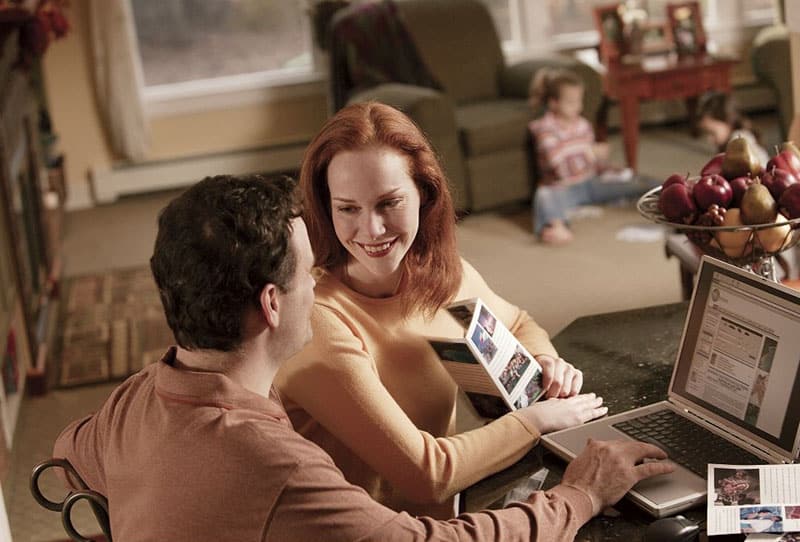
The key to doing things successfully in life is making sure you plan things and do them accordingly to the best outcome possible.
That means putting thought into what you’re doing and not just blindly going through life, letting its tides pull you wherever.
Intention, along with conscious decisions, is what transforms relationships into something valuable.
You have to choose who you’re spending your time with and think about how you communicate with people in your life.
Observing our own patterns and making changes for the better is how we improve ourselves and our life overall.
Make a personal relationship map

We’ve already said that the average person has around 150 people in their life.
Considering we have different levels of intimacy with different people, those six types can be arranged in four categories (or circles): the circle of intimacy, circle of friendship, circle of participation, and circle of exchange.
The first group (circle of intimacy) consists of your primary family, the people you can’t live without, true intimate relationships.
They’re closest to you and the people you spend most of your time with; for example, your significant other.
Ideally, they’re the same people you trust the most and can always count on.
The second group (circle of friendship) is the close friends who don’t live with you. You don’t share the same living space and you don’t share finances. However, they’re a big part of your life.
The third group (circle of participation) consists of people you work with, people you know but you’re not that close with, and other people you interact with frequently but don’t make an intimate connection with.
They’re also important for building a social network.
Finally, the fourth group (circle of exchange) is for people like your doctor, customers, hairdresser, etc.
Make yourself a map with these categories. Draw concentric circles and arrange people from the inner circle to the outer circle.
See what people you need closer to yourself and your intimate circle and which people you want to avoid.
How does someone bring value to your life and why?
It’s no secret that some people drain our energy more than others. It’s not always a conscious thing, but it still affects us.
It’s also true that some people who we consider to be acquaintances or just coworkers make our life so much better.
Social boundaries are not set in stone, they can change – the only thing we can do is to decide what we really want.
The other thing you can do is take every category by itself and rearrange the people in it according to how close they are to you.
Most of us love our families deeply, but still, some of our family members are more likely to understand us than others. And that’s perfectly fine.
You’ll probably realize that the task isn’t that easy once you try it.
Human relationships and human emotions are complex things that can’t be understood simply through reason – but that’s where we start.
After you’re done with making your personal relationship diagram, you can start observing who the closest people you have in your life are.

Movement between different levels or circles of relationships takes time. Relationships change only when trust is built strong enough.
However, when trust is broken, people leave an intimate relationship almost immediately and we feel upset about it.
For a relationship to work, everyone must agree on the same terms; for example, what kind of physical contact you use to greet each other and what topics you discuss. That’s usually done intuitively.
Sometimes when a relationship just doesn’t seem right for no obvious reason, it’s usually when the intimacy levels of people involved don’t match.
Maybe you don’t want to share personal information with another person who thinks you should share them or vice versa.
That’s something to keep in mind when you’re setting your boundaries. You need to be clear about what you feel comfortable sharing and doing with another person.
How to build better relationships in life?
What steps do you need to take in order to improve your existing social relationships?
Real life is always dynamic and unpredictable, but at the very least, our relationships should always stay strong and undisturbed.
Improving our social skills is the number one thing to help us get through life easier, so here’s what we need to do.
Ditch the phone and spend time with people

It’s no surprise that with new technologies and different ways of life, many people changed their social habits too.
Social life has moved from real life to virtual life and that’s expected.
However, that still doesn’t mean it’s necessarily better or right. In a way, it’s created a social distance (even though social media is called social).
This shift is only a few decades old. That’s not enough to change the nature of the man.
Most people crave physical contact, interaction, and the presence of other people to feel better. That’s why it’s better to initiate more in real-life get-togethers.
There’s not much to lose and there’s a lot to gain. No matter how realistic social media seems, nothing can beat a real conversation.
Nothing can top the fact that you can learn so much about people by just looking at the way they move, talk, and so on.
Spending time with people is essential for any kind of relationship, especially close ones. Don’t skip meeting with your family face-to-face. Don’t merely call a friend to catch up – go out with them.
Engage in activities with others

One thing that almost everyone seems to forget is that in order to know people, you need to spend time with them AND simultaneously do things with them.
Things that will show a wider range of their personality.
Have you ever wondered why so many people fall in love with their coworkers?
It is because they tend to spend time with them while actively doing something. Watching people do things can tell you a lot about them.
You get to see how they react through challenges and pressure – what makes them happy and what makes them sad.
Going out to catch a movie or grab a drink is great, but it sometimes isn’t as valuable an experience as doing something more challenging or stimulating.
Various activities help people see each other in a different light. And that’s what makes people feel closer. That’s what makes them want to interact even more.
That’s why it’s good to plan time and include more activities with valuable experiences.
Learn how to control your feelings

Emotions are a big part of our life. They can improve or ruin things and relationships in a matter of seconds.
To prevent bad things from happening, we need to learn to control our emotions. But how do we do that?
In order to learn to control our emotions, we first need to know what caused those emotions. We need to make the core problem conscious and we do that by asking questions like:
Why did this upset me? Why am I so emotionally connected to the outcome of this situation/reaction of this person?
How does that affect me?
In so many situations, problems can be resolved just by talking and expressing how we feel in a calm manner.
However, don’t repress your emotions. That’s only going to lead to more trouble.
Identify what you’re feeling and accept your emotions, no matter how irrational they are.
Learn when to express yourself. There is a time and place for everything. That includes strong emotions too.
Another important thing when it comes to emotional balance is empathy and understanding.
Try putting yourself in someone else’s shoes. Try to see and understand what they’re doing that upsets you. Chances are they probably aren’t doing it for that reason solely.
Attaining emotional balance is one of the most beneficial things in life. It gives us a strong foundation that allows trust and perseverance in a relationship.
“Whenever you’re in conflict with someone, there is one factor that can make the difference between damaging your relationship and deepening it. That factor is attitude.” – William James
Everyone needs connection
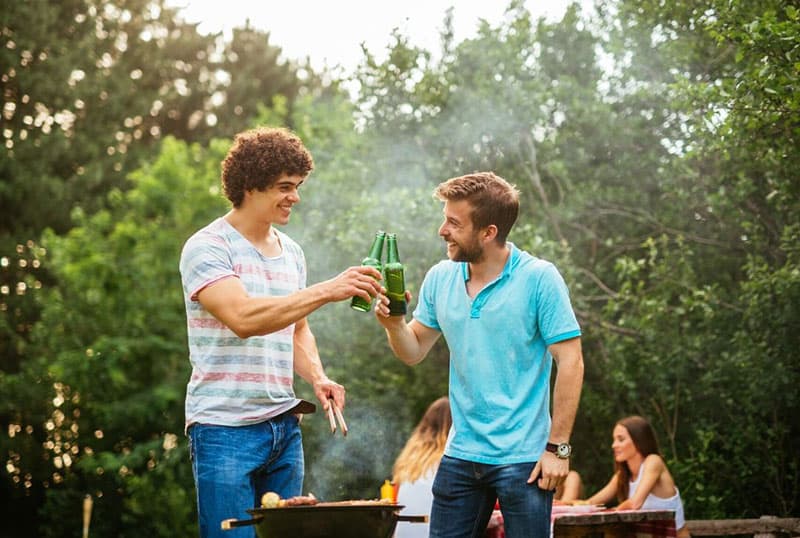
Not many people think about this, but it’s important to keep in mind. Everything that’s been said so far is how it happens for most people who have a relatively healthy living environment.
What’s often left unsaid is how any of this applies to people with special needs – those with a learning disability, autism spectrum, and so on.
The truth is people with these difficulties need relationships as much as any other person, but they have a hard time creating them.
That’s why we need to intentionally create an environment in which these people can easily make connections and friendships.
We need special education to understand the needs of a certain group and how to provide them with what they need.
The relationship circles program doesn’t work when any of the categories are out of place.
What happens is that too often a person with difficulties spends their lives with people who belong only in circle 1 (family) and circle 4 (exchange), while circle 2 (friends) and 3 (relatively known people) are empty.
That creates difficulties. We all know that people don’t magically appear in circle 2 if there’s no opportunity for that to happen.
That’s why it’s important to strengthen circle 3 (participation). Through getting together and mutual interest, people are brought to circles of intimacy that match circle 2.
That’s why it’s important to highlight these things when we have the opportunity to do so.
Everyone deserves the same treatment because everyone craves the same things – love, support, connection, and understanding.
Conclusion
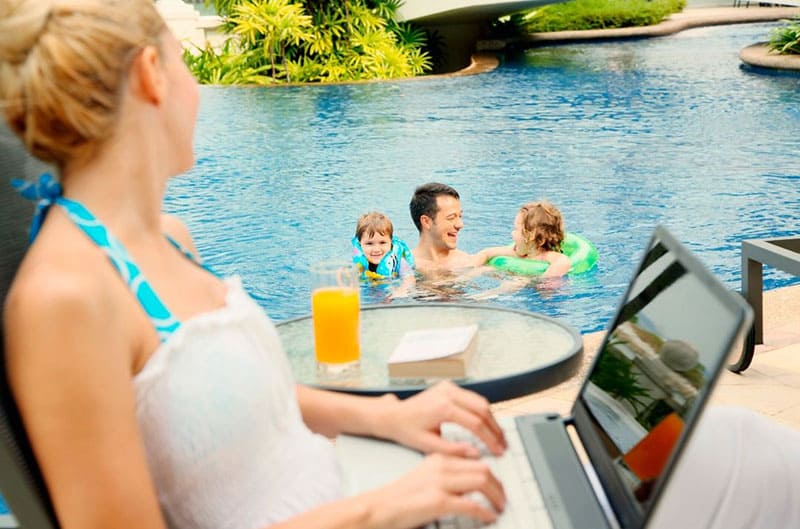
The point of building a relationship circle isn’t only for the sake of ourselves.
Nothing in relationships can be solely based on selfish goals because, as we know, relationships won’t grow when they’re built only to benefit one person.
Stop taking the closest people in your life for granted. Show them love and appreciation on a daily basis.
Work on improving your relationships in ways you haven’t tried before.
You have the opportunity to make the best memories of your life with the people you love the most. Never mix priorities. If you don’t have quality relationships, it’s almost as if you have nothing.
When everything else fails us, true relationship bonds will stay.
When we get to the age where we have “nothing” to contribute to society, we’ll know that is not true because we have people who need our love and care the same way they need ours.
Put real effort into relationships and see what happens. Enrich your life with genuine conversation, reciprocated emotions, and feelings of mutual understanding.
They’re all priceless experiences.
“A loving relationship is one in which the loved one is free to be himself – to laugh with me, but never at me; to cry with me, but never because of me; to love life, to love himself, to love being loved. Such a relationship is based upon freedom and can never grow in a jealous heart.” – Leo F. Buscaglia
